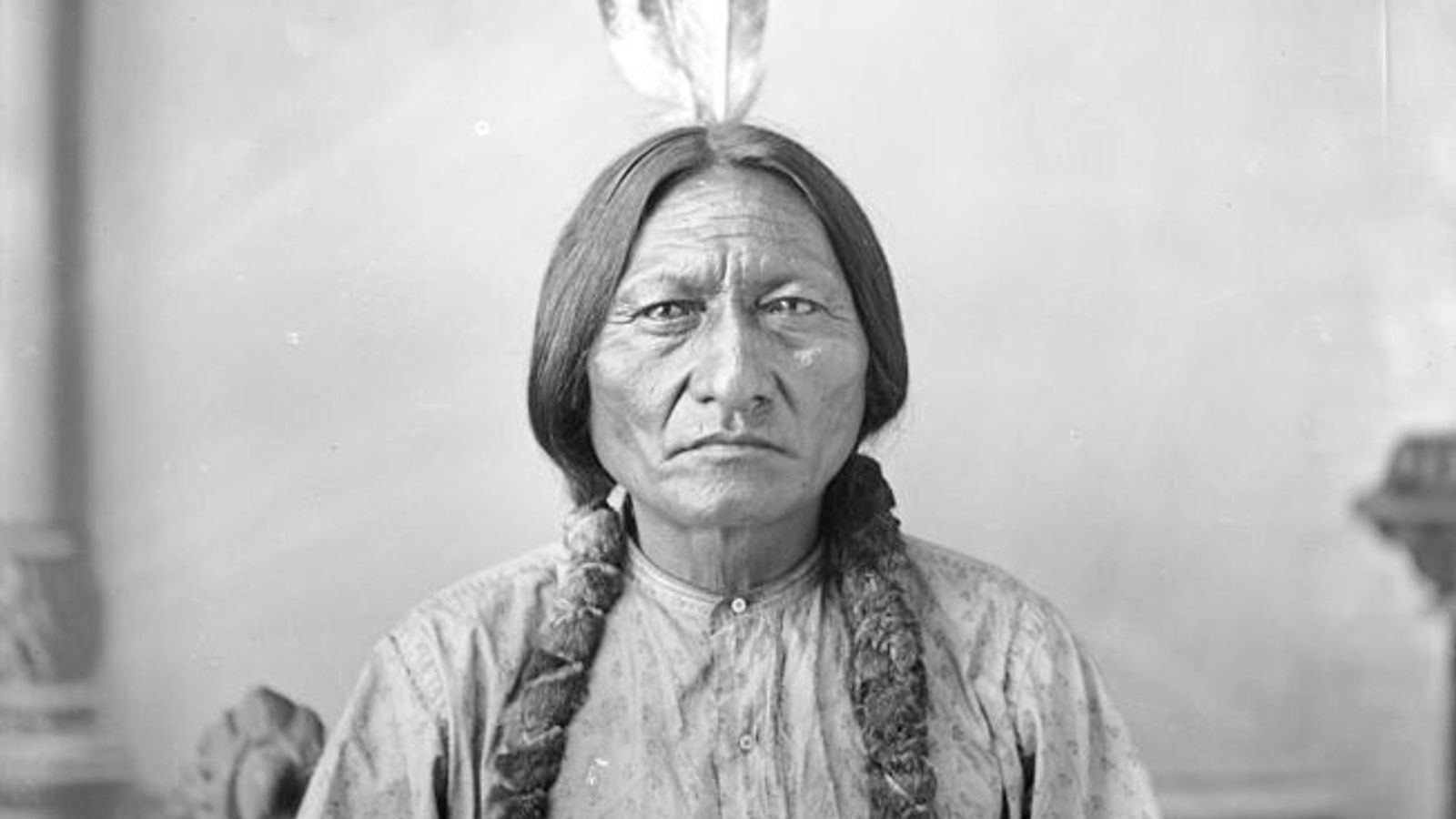A sample of hair from Native American leader Sitting Bull has confirmed a 73-year-old man is his great-grandson.
Scientists used a new technique that can analyse DNA fragments from long-dead people – but it took 14 years to discover a way to get a useable sample.
They confirmed what Ernie LaPointe, 73, from South Dakota, had believed – that the heroic tribal leader was his great-grandfather.
Sitting Bull, also known as Tatanka Iyotake, helped unite the Sioux tribes against white settlers and US military forces.
He led the warriors who defeated General Custer’s troops at the Battle of the Little Bighorn in 1876, in what is now the state of Montana.
He was shot dead by Native American police, aged in his late fifties, in 1890.
The lock of hair was cut off without permission by an army doctor and taken along with some cloth leggings.
US issues first gender-neutral ‘X’ passport
Alec Baldwin film set shooting: Police recover bullet fired from gun actor used when he shot dead cinematographer
Julian Assange: US begins High Court bid to overturn ban on extraditing WikiLeaks founder
It was owned by the Smithsonian Institution in Washington DC until it was handed to Mr LaPointe and his three sisters in 2007.
“I feel this DNA research is another way of identifying my lineal relationship to my great-grandfather,” said Mr LaPointe.
“People have been questioning our relationship to our ancestor as long as I can remember.
“These people are just a pain in the place you sit – and will probably doubt these findings, also.”
The new method was developed by scientists led by Eske Willerslev, head of the Lundbeck Foundation GeoGenetics Centre.
Mr Willerslev approached Mr LaPointe after reading an article about the lock of hair.
“I got very little hair and there was very limited DNA in it,” he said.
“It took us a long time developing a method that, based on limited ancient DNA, can by compared to that of living people across multiple generations.”
The new technique focussed on what’s known as autosomal DNA in the genetic fragments from the hair.
“There existed methods, but they demanded for substantial amounts of DNA or did only allow to go to the level of grandchildren,” said Mr Willerslev.
“With our new method, it is possible to establish deeper-time family relationships using tiny amounts of DNA.”
The authors say it opens the possibility for genealogical research even when only minor amounts of ancient DNA are available.
Two official burial sites exist for Sitting Bull – at Fort Yates, North Dakota, and Mobridge, South Dakota.
But Mr LaPointe believes his great-grandfather’s remains are only at Mobridge and says he may move them in future to a more suitable location.
Details of the study are published in the journal Science Advances.






















